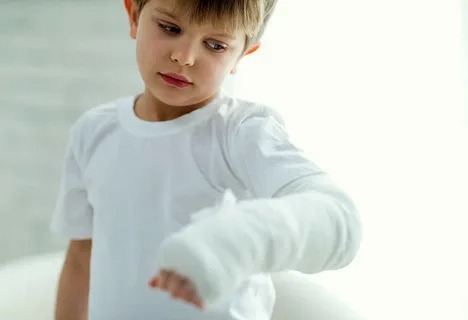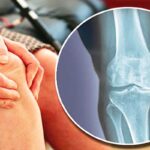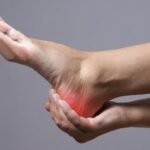
Fractures are common injuries in children, occurring in about one-third of all pediatric trauma cases. Children are more susceptible to fractures because their bones are still developing and are not as strong as adult bones. Additionally, children are often more active and engage in rough play or sports, which increases their risk of injury. In this blog post, we will discuss the most common types of fractures in children and how they occur.
- Greenstick fracture
A greenstick fracture is a type of incomplete fracture where the bone bends and cracks but does not break completely. This type of fracture is common in children because their bones are softer and more pliable than adult bones. Greenstick fractures usually occur in the forearm or the lower leg and are often caused by a fall or a direct blow.
- Buckle fracture
A buckle fracture, also known as a torus fracture, is a type of incomplete fracture where the bone bulges on one side but does not break. This type of fracture is common in the wrist and occurs when the bone is compressed or bent. Buckle fractures are often caused by a fall or a direct blow.
- Hairline fracture
A hairline fracture is a small crack in the bone that is not visible on an x-ray. This type of fracture is common in the foot and ankle and is often caused by overuse or repetitive stress.
- Simple fracture
A simple fracture, also known as a closed fracture, is a complete break in the bone that does not pierce the skin. This type of fracture can occur in any bone in the body and is often caused by a fall or a direct blow.
- Compound fracture
A compound fracture, also known as an open fracture, is a complete break in the bone that pierces the skin. This type of fracture is rare in children but can occur as a result of a high-impact injury, such as a car accident or a sports injury.
- Growth plate fracture
A growth plate fracture occurs when a bone is still growing and the area of the bone that is responsible for growth is injured. This type of fracture is common in children and adolescents and can occur in any bone in the body. Growth plate fractures are often caused by a fall or a direct blow and can lead to growth disturbances if not properly treated.
- Stress fracture
A stress fracture is a small crack in the bone that is caused by repetitive stress or overuse. This type of fracture is common in the foot and lower leg and is often seen in athletes who engage in high-impact activities such as running or jumping.
In conclusion, fractures are common injuries in children and can occur in any bone in the body. The most common types of fractures in children include greenstick fractures, buckle fractures, hairline fractures, simple fractures, compound fractures, growth plate fractures, and stress fractures. These fractures can be caused by a variety of factors, including falls, direct blows, overuse, and repetitive stress. It is important for parents and caregivers to be aware of the signs and symptoms of a fracture in children and to seek medical attention if a fracture is suspected. With proper treatment and rehabilitation, most fractures in children heal without complications and children can return to their normal activities.




